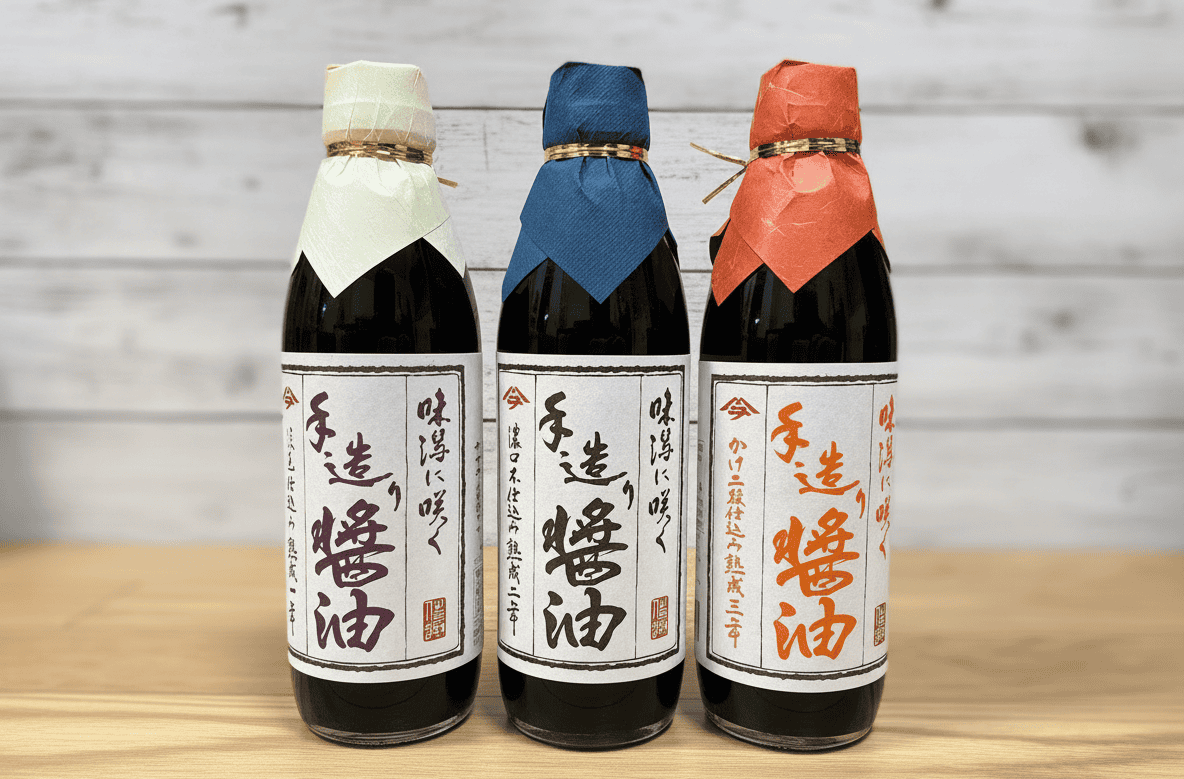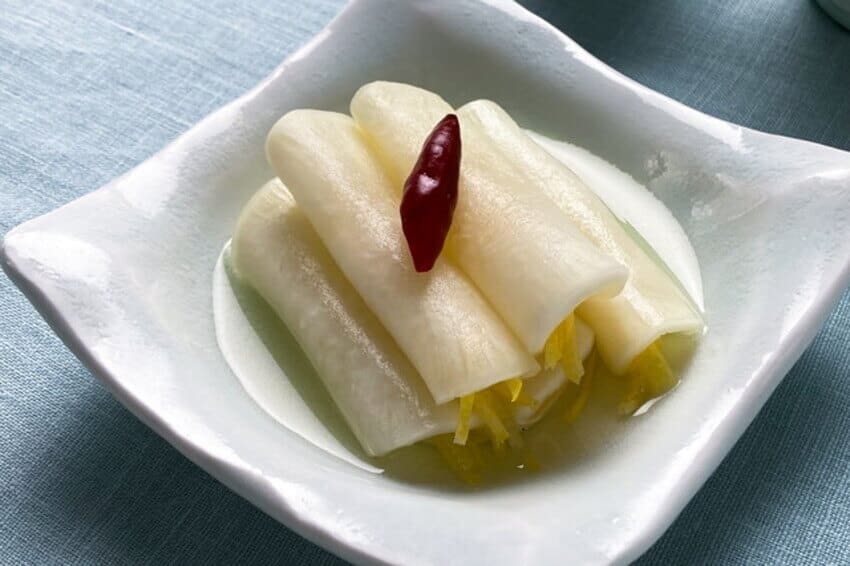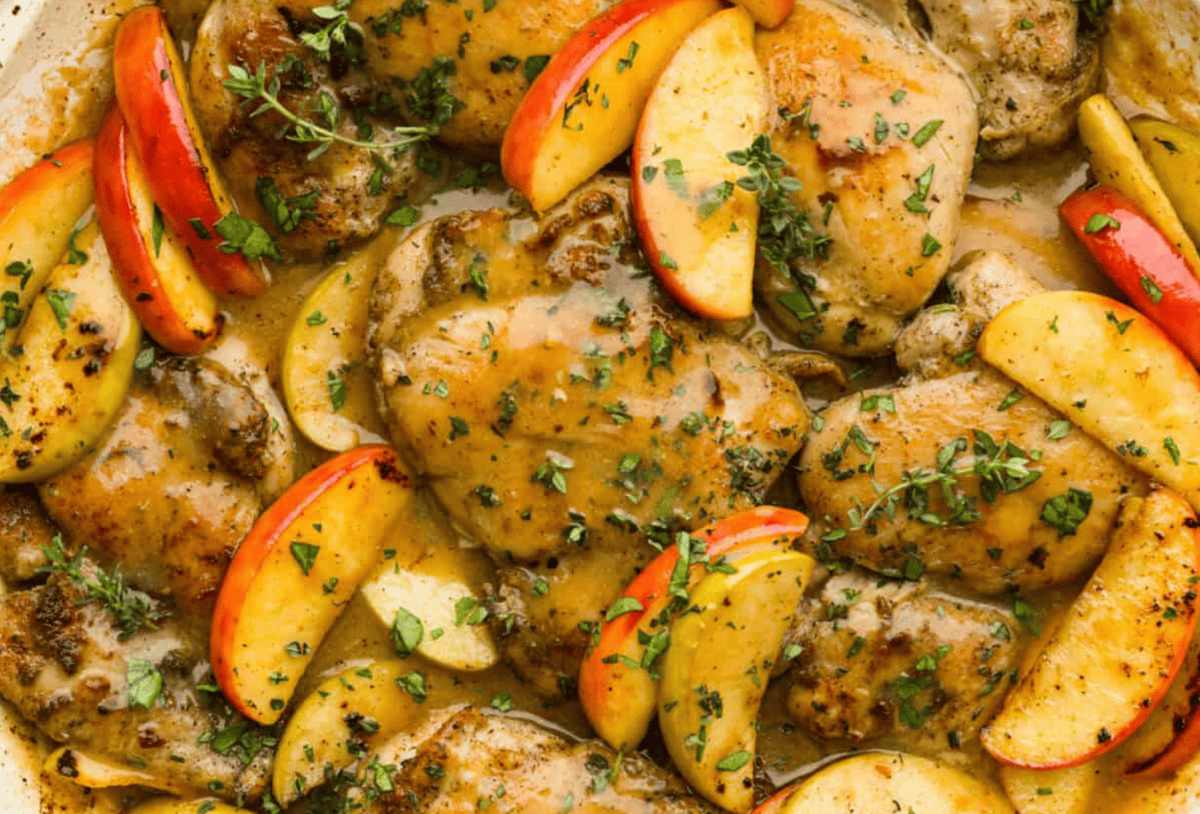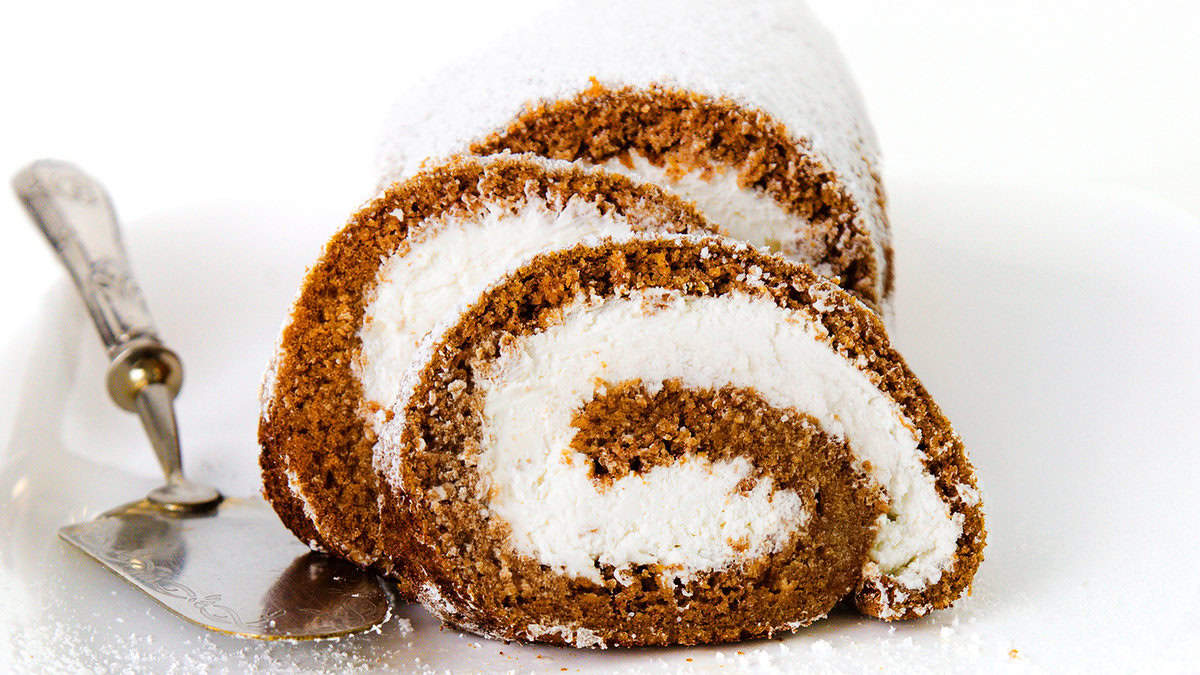With its cooler breezes, gray-blue skies and rainy patches, perhaps Japan’s fall weather may not immediately bring to mind seafood. But, in fact, autumn abounds with delicious fall fish and is known as one of the best seasons in Japan to consume the freshest of catches.
As the heat of early September fades, fish around the archipelago become particularly juicy as they fatten up to withstand the winter. So, some popular fish, like saba (mackerel) and sake (salmon), which are available year-round, are considered to be even more delicious as the leaves start to change.
The fall fish discussed below were selected for their unique attributes, flavors and seasonality in Japan. They are some of the tastiest and symbolic of autumn time, with perhaps none as representative as sanma (Pacific saury), the first fish on our list.
2. Madai: Red Seabream & Chidai: Crimson Sea bream
1. Sanma: Pacific Saury

Image: iStock: Hanasaki
Slender and relatively long at about 30 centimeters, the shiny, silver-bodied sanma arrive in droves along the eastern coast of Japan to lay their eggs. In season from September to November, sanma only becomes juicier and fattier as the weather cools off.
Also, while sanma caught off the Sanriku Coast is highly demanded and high in saturated fat, the ones from southern regions tend to be lower in fat and have a more delicate taste.
Sanma are delicious when simply salted, grilled and served with a spritz of sudachi (a Japanese citrus that resembles lime). You can also pickle them or broil them with soy sauce for great results. Just be aware that they are bone-riddled, so be careful when serving them, especially to children.
2. Madai: Red Seabream & Chidai: Crimson Sea bream

Image: iStock: KPS
While a variety of sea bream are eaten all year round in Japan, madai and chidai are two types that come into season from October to November. Nearly identical in appearance, with the exception of chidai’s slightly more reddish scales, they differ when it comes to size and availability.
Chidai tops out at about 30-40 centimeters, while madai can reach up to a meter in length. Because madai is fish-farmed far more than caught in the wild, it is the most common variety of sea bream and the likelier one to encounter at your supermarket.
In terms of taste and texture, both fish have succulent flesh, offer little fishiness and are loaded with plenty of umami between the skin and meat.
These seabreams are often cooked via shioyaki, which is essentially sprinkling salt and sake on a whole fish (tail and head included) and grilling it. Another popular method is to simmer the fish in soy sauce. This further softens the flesh, making it plump and delicious.
3. Kajika: Japanese Sculpin

Image: iStock: JianGang Wang
Although kajika may be a rare find these days, it is nevertheless highly sought after for its unusual appearance and taste. Belonging to the sculpinidae family, with their gray-brown color and large heads, they have the unfortunate honor of being from the same group as the blobfish, a fish widely considered to be one of the ugliest in the world.
However, whatever points it may lose in looks, it gains tremendously in taste. Kajika is characterized by a meaty texture, sweetness and flavor akin to venison. Rich in iron, calcium and vitamin B2, it is great for your taste buds and your health.
Hokkaido and Kanazawa are both home to local kajika recipes that prepare the fish in hot pots and stews. In Hokkaido, the whole fish is chopped into large chunks and stewed in a miso-based broth. It’s a soothing dish, particularly when the weather gets colder. As for Kanazawa cuisine, there’s deep-fried kajika, where the fish is eaten in its entirety, including the bones.
4. Katsuo: Bonito

Image: iStock: Promo_Link
Click here to read more.
© Savvy Tokyo











 English (US) ·
English (US) ·